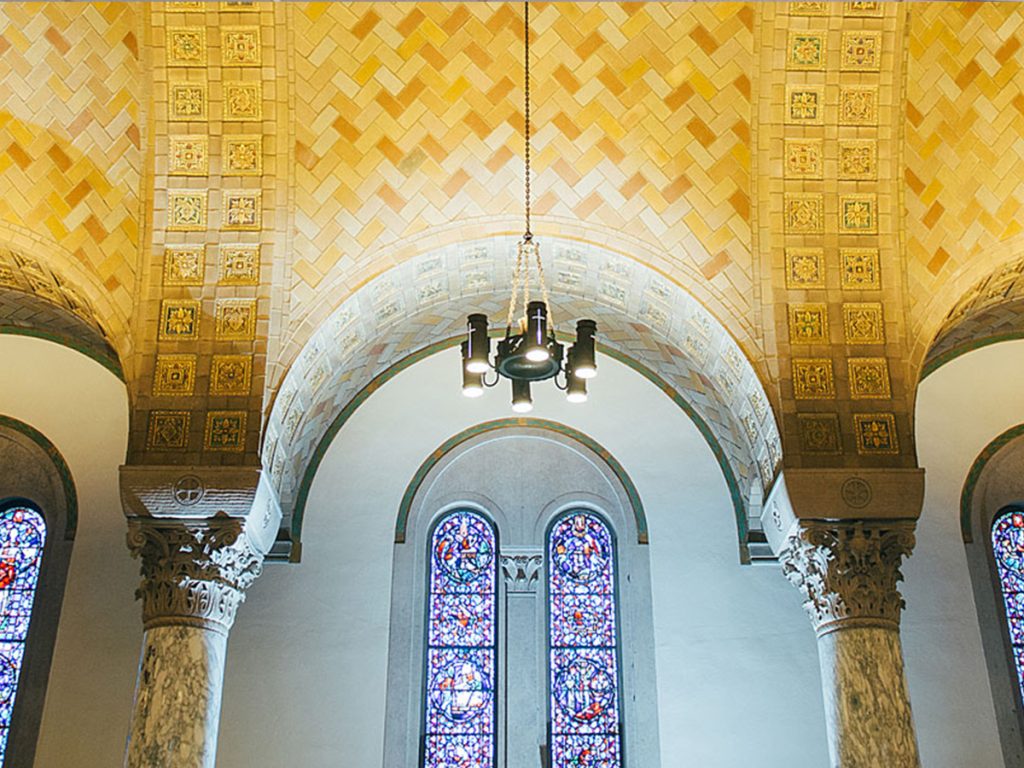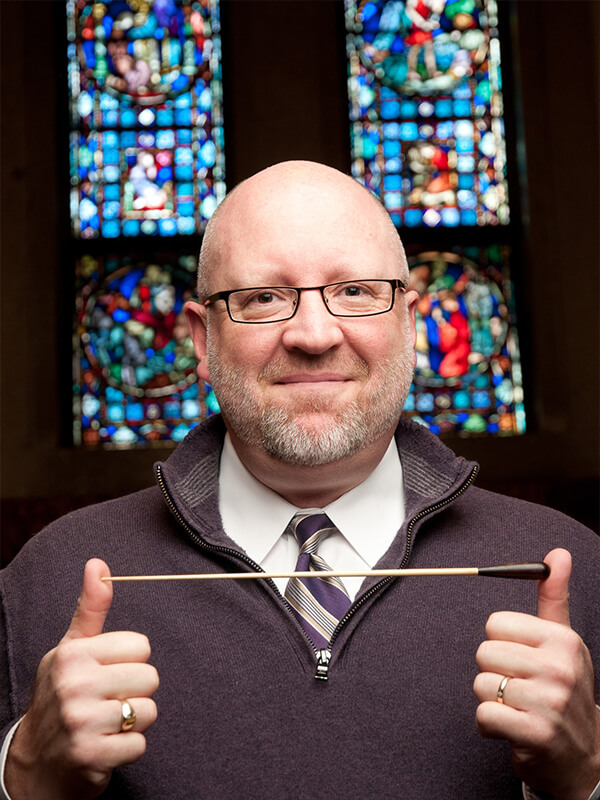“Something is shared in singing that goes beyond the words alone. This something has taken shape over many centuries in a practice that expresses our deepest yearning and dearest joy: the practice of singing our lives to God.” (author unknown)
For the past few months, I have had the privilege of being a professional singer with the Schola Cantorum of the Cathedral of Saint Paul here in Minnesota’s beautiful capitol city. More than simply a choir, the Schola Cantorum (Latin for singing school) dates back to the 8th century, when it was the highly trained papal choir specializing in the performance of plainchant/plainsong, eventually known as Gregorian chant. The purpose of the schola is three-fold: to teach singing, pass on the chant repertory which was learned by oral tradition and to lead congregational worship in music.
“It has been a dynamic experience on many levels, as an evangelical seeking to participate, learn and to deeply understand these traditions”
This cathedral “classroom” has been a wonderful epilogue to graduate school for me, and it has already been a deeply satisfying theological and musicological experience taking place within God-honoring worship in one of the most beautiful and resonant sacred spaces imaginable. It has been a dynamic experience on many levels, as an evangelical seeking to participate, learn and to deeply understand these traditions without actually converting to Catholicism. Together with the opportunity to sing choral repertoire worthy of any professional choir, one of the most satisfying personal aspects has been learning to read chant notation (pneumes), the richness of whose tradition dates back hundreds of years to its ancient Hebrew roots.
During my time at the cathedral, I have made several observations which I think are worthy of consideration for those of us who lead and worship primarily in the non-liturgical church.
Reading and hearing Scripture read out loud is life-changing and deeply nourishing.
Scripture was meant to be read, heard and proclaimed aloud, not only to be embedded into a sermon projected on a screen. Take a few minutes in worship to read it aloud! There’s nothing more beautiful than God’s Word read aloud.
“For the word of God is alive and active. Sharper than any double-edged sword, it penetrates even to dividing soul and spirit, joints and marrow; it judges the thoughts and attitudes of the heart.” Hebrews 4:12
Congregational singing needs to be participatory.
Singing Scripture is a great way to get worshippers singing and deepening their faith at the same time. More than just worship leaders or teams who perform for us, let’s get everyone singing together for “an audience of one.” Singing is one of the most ” ‘human’ things that we can do; using solo voices, the whole choir, and whatever instruments at our disposal.
“Let the message of Christ dwell among you richly as you teach and admonish one another with all wisdom through psalms, hymns, and songs from the Spirit, singing to God with gratitude in your hearts.” Colossians 3:16
The choral art is not dead!
Resurrect church choirs and get our adults and children singing in groups again. Choir participation provides people with an opportunity to learn, grow, harmonize, work together as a team, and to also have a collective voice in worship. Let’s dare to teach our congregations how to read music, sing out beautifully and confidently, and to participate meaningfully in worship using their individual gifts.
“Sing to the Lord a new song; sing to the Lord, all the earth. Sing to the Lord, praise his name; proclaim his salvation day after day.” Psalm 96:1-2
Rituals and traditions are in themselves not inherently empty.
Mindless repetition in worship is never good, but meaningful repetition and explanation is the key to keeping things fresh and alive. One of my favorite moments in the mass is just before the Gospel lesson is read, when we make the sign of the cross on our forehead, lips and over our heart. For me it’s a regular realization that the “18-inch journey” between head and heart is where the Gospel truly lives. The Living Word—Christ Himself—must not only be known, but loved and lived, heard and shared in community.
Silence is healthy.
Reverence is vital to coming before God in worship, but it’s so easy to lose sight of how important silence is, and to fill worship with endless music and speech. God says to Job: “Pay attention, Job, and listen to me; be silent, and I will speak.” (Job 33:31)
Beauty itself does not have to be a distraction.
Soaring architecture, art and beautiful colors are a reflection of the world God made, and what human beings can accomplish. We must preserve artistic forms of expression within the church and to fully engage all of our senses in the act of worship. It’s a living, active, human and divine activity. This is a part of our faith heritage.
Bringing music and art down to its lowest common denominator is demeaning and short-sighted. The 21st century church can and must re-capture the creative arts—music, fine arts, drama—in the service of the great Creator. David understood this when he began his plans for the Lord’s temple, together with his son, Solomon. He gave his finest and best to adorn the house of the Lord.
“Now with all my ability I have provided for the house of my God the gold for the things of gold, and the silver for the things of silver, and the bronze for the things of bronze, the iron for the things of iron, and wood for the things of wood, onyx stones and inlaid stones, stones of antimony and stones of various colors, and all kinds of precious stones and alabaster in abundance. Moreover, in my delight in the house of my God, the treasure I have of gold and silver, I give to the house of my God”¦.” I Chronicles 29:2-3a
Perhaps church historian Leonard Sweet sums it up best when he writes:
“There’s something about human beings that need to make music, something that insists on song. What we sing and how we sing reveals much of who we are, and entering into another’s song and music provides a gateway into their world, which might be very different from our own…Whatever we can say with passion, we end up singing in some form. When our language is used to move beyond merely transmitting information, we come to the threshold of song. When life is deeply felt or perceived, music gives shape and voice to the very pattern of our experienced world.”


